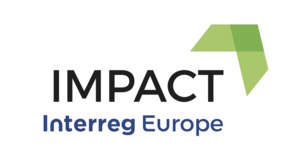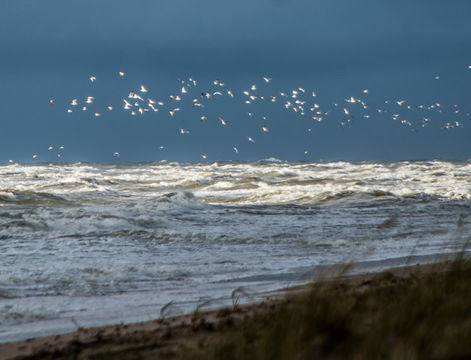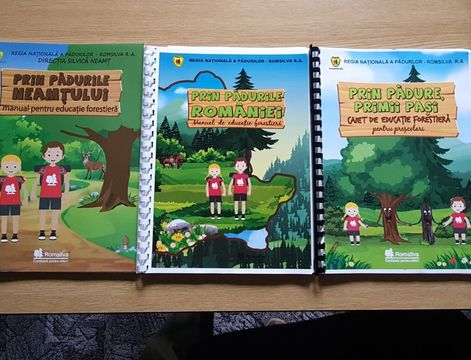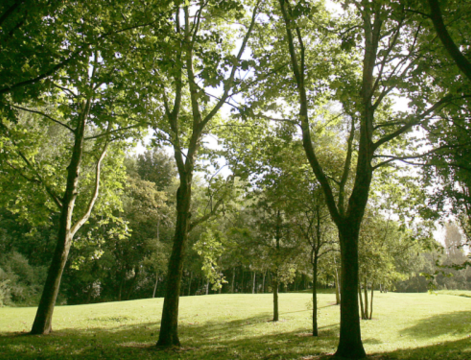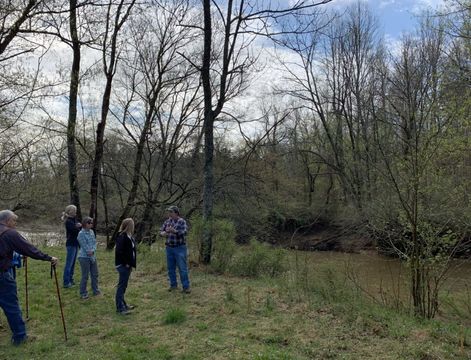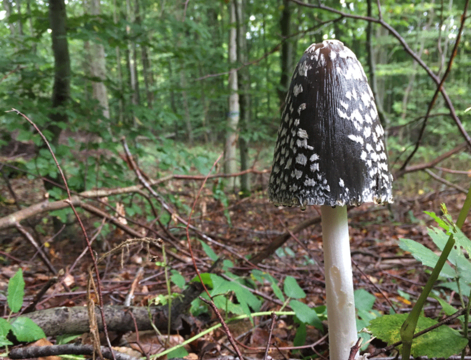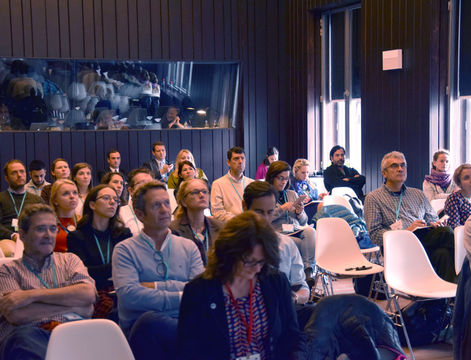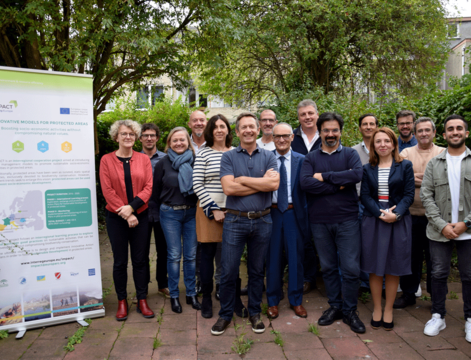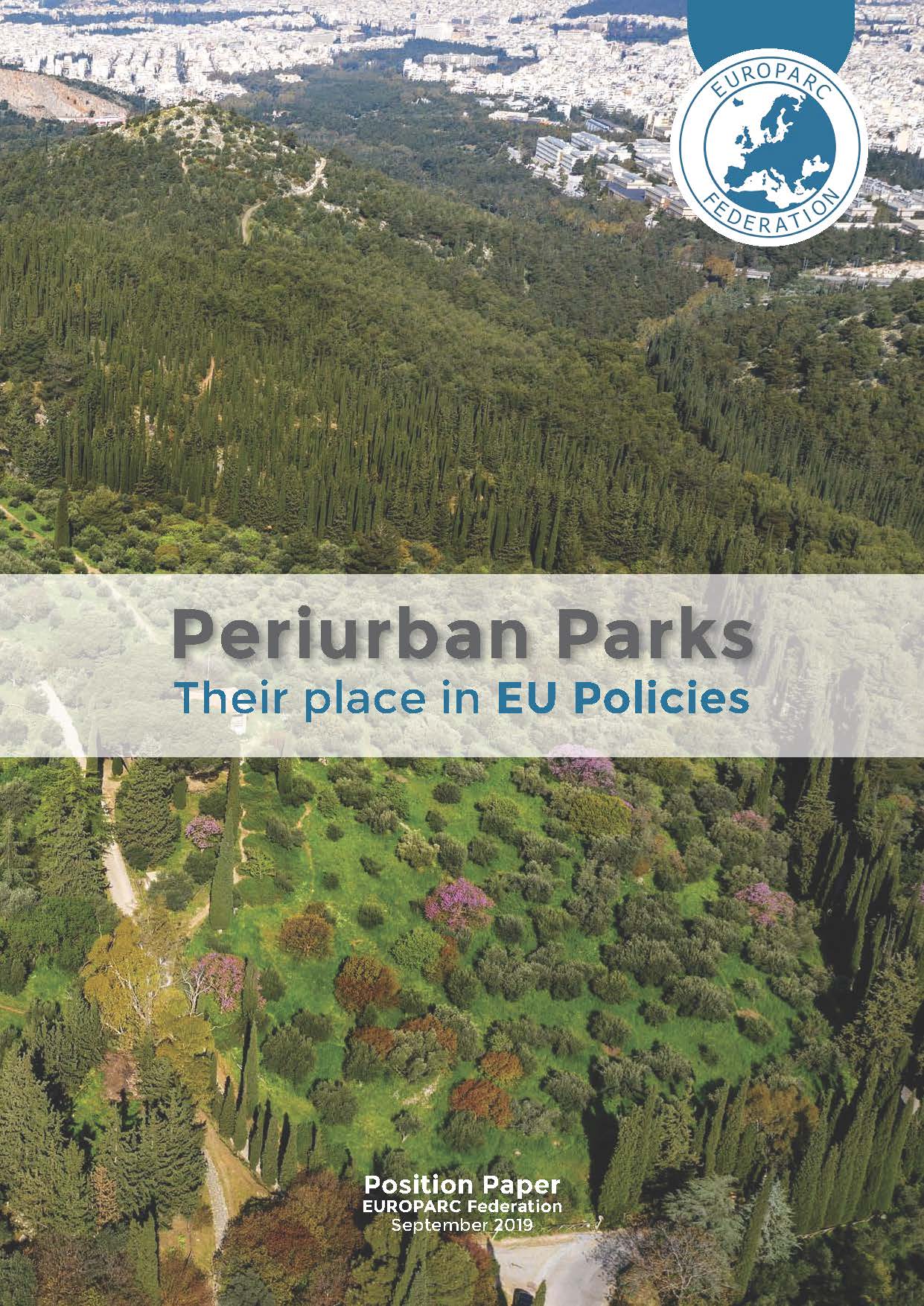Egidijus Jurkus - Senior Specialist
Pajūrio Regional Park (Seaside Regional Park)
- What are the main natural values of the protected area?
The area of the Seaside Regional Park covers 5700 ha (2700 ha onshore and 3000 ha offshore). Protected natural heritage in the Seaside Regional Park: a strip of seaside dunes, Grand (24 m, so called Dutchman's cap) and Minor scarps, boulders, original seaside fauna and flora, important bird hatching habitats and areas of their rest during migration. The seaside strip between Karklė and Palanga, seaside dunes and the grassy lowland behind the dunes are included into the network of the EU protected areas „Natura 2000“ .
- What is the level of protection?
Seaside Regional Park is a complex state protected area, which is separated into different levels of protection: strict reserve, reserve, recreational areas and other territories.
- What are the main risks for the fauna / flora to conduct certain activities?
The main risks for flora and fauna are: urbanization; simply valuable natural areas can change into not valuable areas (overgrowth of meadows and so on); the prevalence of invasive species (especially in the sea).
- Which activities would not be compatible at all with Biodiversity preservation?
The biggest risks are urbanization and abandoned areas. For example grazing and mowing are necessary to maintain the coastal meadows.
- What conservation measures do you take to enhance biodiversity? to diminish the impact of private business?
For enhancing biodiversity onshore we use complex measures such as low-value woody plant removal, mowing, grazing. Also, we use coast stabilization measures: brushwood fences weave; branches shuttering. The only problem with private business is urbanization. The Seaside Regional Park Management Plan is prepared in which there are described most possible urbanization levels. Also there are prepared other state documents with clear regulations of urbanization process.
